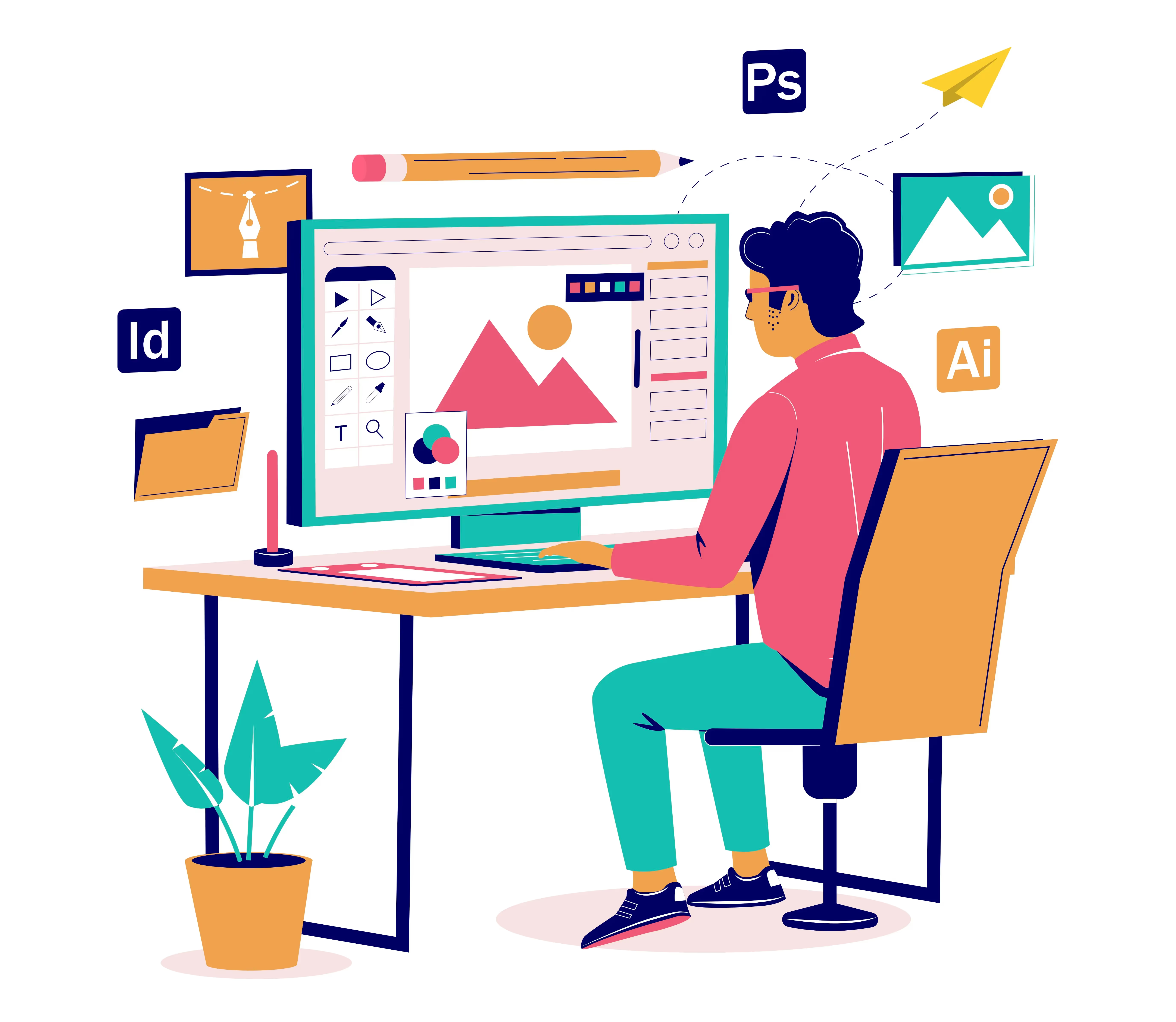
Creative partners, subject matter experts, last-minute lifesavers – however you refer to them, outside vendors are an important part of your team. As LOCAL’s Creative Manager, I spend a lot of time searching for the right partners, communicating LOCAL’s needs, reviewing creative, and providing feedback. Here are some principles that guide my work daily. Together, they help elevate vendors’ work, reduce revision rounds, and increase the chances that a vendor will put up with me again.
Your vendors may not use the same processes or tools as your full-time team. In your initial discussions with a new vendor, ask them how they like to operate. For quick feedback, do they prefer texts over email? Are they more comfortable working in Keynote than PowerPoint? Are they an early riser or a night owl? Asking these questions is an easy way to show respect, build rapport, and create a consistent practice.
If you want to nail the project on the first round, you’ll need to do more than just forward the specs. A good brief covers the context of the current work, provides past work to reference, explains the ask in detail, and clearly lists the deliverables needed for each audience involved. This is a lot of information! I find it’s best to provide everything in one email, then host a kickoff call to talk through the particulars. When a vendor hears you explain the ask vocally, he or she may detect details on tone, theme, or watchouts that weren’t spelled out in the written brief.
“Jazz it up.” A fun phrase to say? Absolutely. Actionable feedback? Not quite. Similar to briefs, the more detail you can provide in your feedback, the better. Expand by saying something like “we’d like to add more color, use shadowing to add depth, and add icons to help reinforce key points.” You don’t have to solve every creative problem yourself, but by pointing out the specific elements you want to “jazz up,” you’ll make it easier on the vendor and save time.
Oftentimes, the easiest way to make quick edits is to handle them yourself. Here are a few PowerPoint design examples:
I’m not telling you to try your hand at coding and tamper with the source files. But if you can handle the PDF conversion, you allow the vendor to focus on more technical tasks. When in doubt, Google has the answer.
How can we check in on a vendor’s progress without being a pest? A teacher of mine said “the difference between persistence and pestilence is news”. When following up, I try to share an update on the overall project and ask if the vendor needs anything. This approach is more personal and collaborative than repeatedly asking when the asset will be in my inbox. Send your check-in a few days before the next due date, to be sure your vendor has time to react to any new information.
I’m a believer in consistently working with trusted partners who know your brands; however, sometimes vendors take vacations or are busy with other work. By continually seeking out new partners, you build your network, sample new styles, and can avoid panicked scrambles to find last-minute backups.
A shameless plug to vendors reading this: send me your link!
The easiest tip to follow is one that is commonly overlooked. A key part of being nice is understanding that you’re not your vendor’s only client. It’s fair to ask a vendor how their schedule is looking for the week and a well-timed heads up for incoming requests is always appreciated. Vendors may have machine-like work ethic, but they’re people who are helping you out! Remember your pleases and thank you’s.
As relationships with new vendors develop, you’ll gain a better understanding of their strengths, tastes, and ways of working. The check-ins will become more casual, the kick-off calls will be shorter, and best of all, the work will be client-ready earlier.
For more tips on creative development, check out: